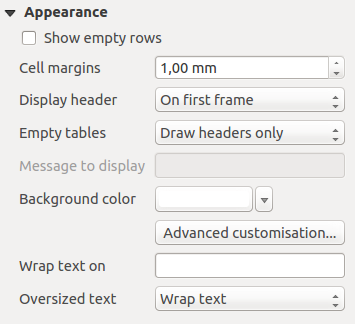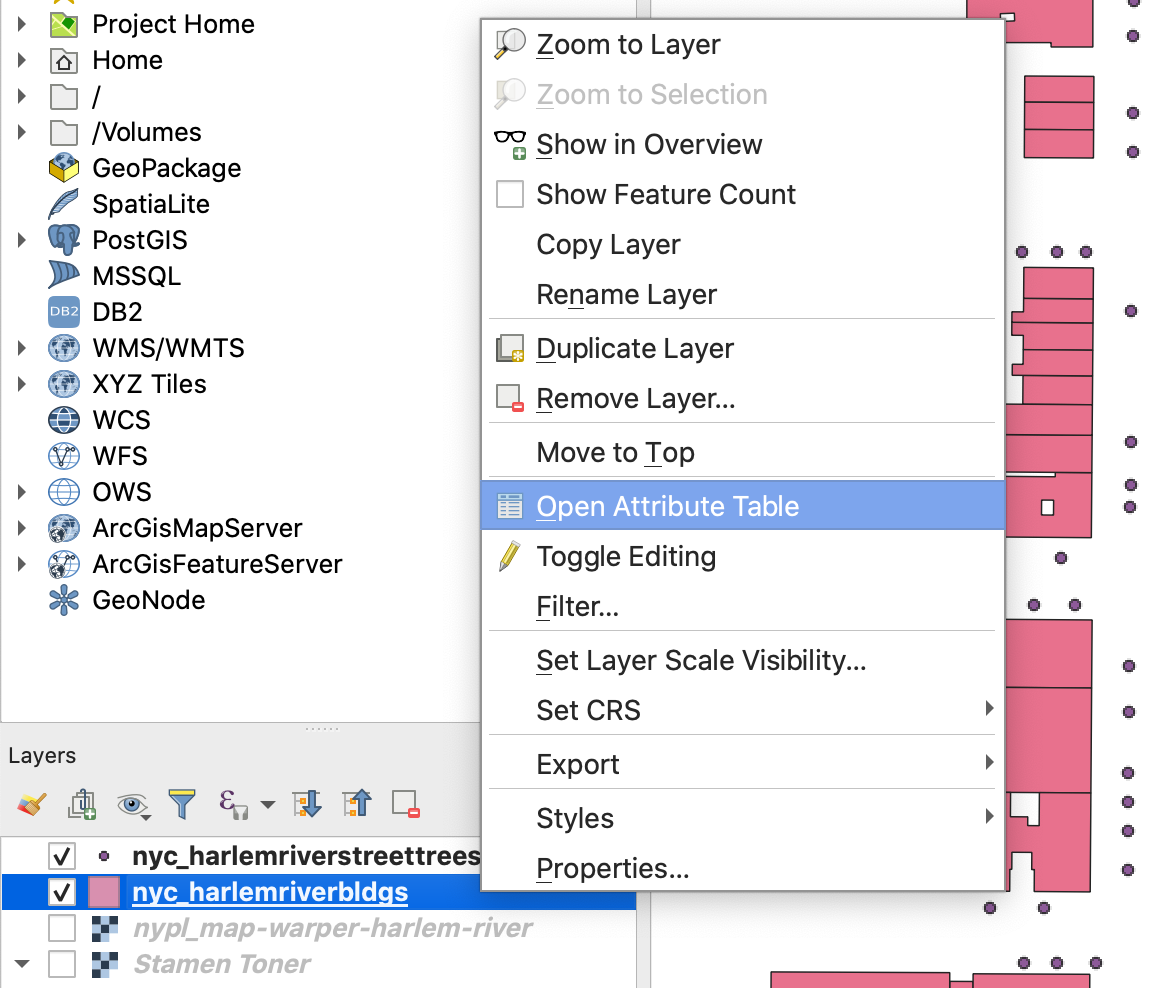


However, you can set an alias for the feature class or table on the Source tab of the Properties dialog box. When you create a feature class or table in a geodatabase using geoprocessing tools, there is no parameter to specify the alias. Users can look up the name of the table or feature class by going to the Source tab on the Properties dialog box. If you assign an alias to a table or feature class, that is the name users see when they add it to the map. When you create a table or feature class in a geodatabase, you can assign an alias to it. See Field names to learn more about renaming fields and field name rules and limitations. The following table lists supported feature class and table name character rules: In databases and enterprise geodatabases, such as Oracle and SQL Server, ArcGIS prepends only the name of the schema in which the feature class is stored to the feature class name.įeature class and table name rules and limitations The structure for a fully qualified feature class name would appear as. In some of the databases that ArcGIS supports, such as PostgreSQL, the name of the database or the data source name is also part of the fully qualified feature class name. Reserved primary database name called main as the logical name.

Provided when a mobile geodatabase is created, SQLite always uses the Though, regardless of the physical database name The physicalĬonsists of the file path, user-provided database name, and file extension. Mobile geodatabases are built on a SQLite database and containīoth a logical and physical database name. Only the table or feature class name provided is used. The following table correlates the numbers in the image above with its corresponding data storage type, description, and structure of the fully qualified feature class name applied when stored in a database or geodatabase. For the enterprise geodatabase examples, the feature class owner is named GIS. In all cases, the geodatabase is named Florida. The following image shows examples of the same feature class- Hurricane_Paths-created in different types of geodatabases. If one of the components in the fully qualified name is unique, the feature class name is considered unique. A fully qualified feature class name may prepend the name of the schema where the feature class is stored and may also prepend the name of the database the feature class is stored in to the feature class name. To ensure that a feature class name is unique, ArcGIS uses fully qualified feature class names to prevent possible duplicate names. Having two feature classes with the same name in the same geodatabase, even if included in different feature datasets, is not allowed. When creating a feature class, provide a name that indicates the data the feature class stores.įeature class names must be unique in a database or geodatabase-you can't have more than one feature class with the same name. However, this section describes each feature class property so that you understand when and why you need to use values other than the defaults and how changing those values affects your data.Ĭreating an appropriate feature class to suit your data model depends on the feature class properties described below. In most scenarios, the best option is to accept the default values for these properties. When creating a feature class, you must specify several feature class properties that define its structure.


 0 kommentar(er)
0 kommentar(er)
